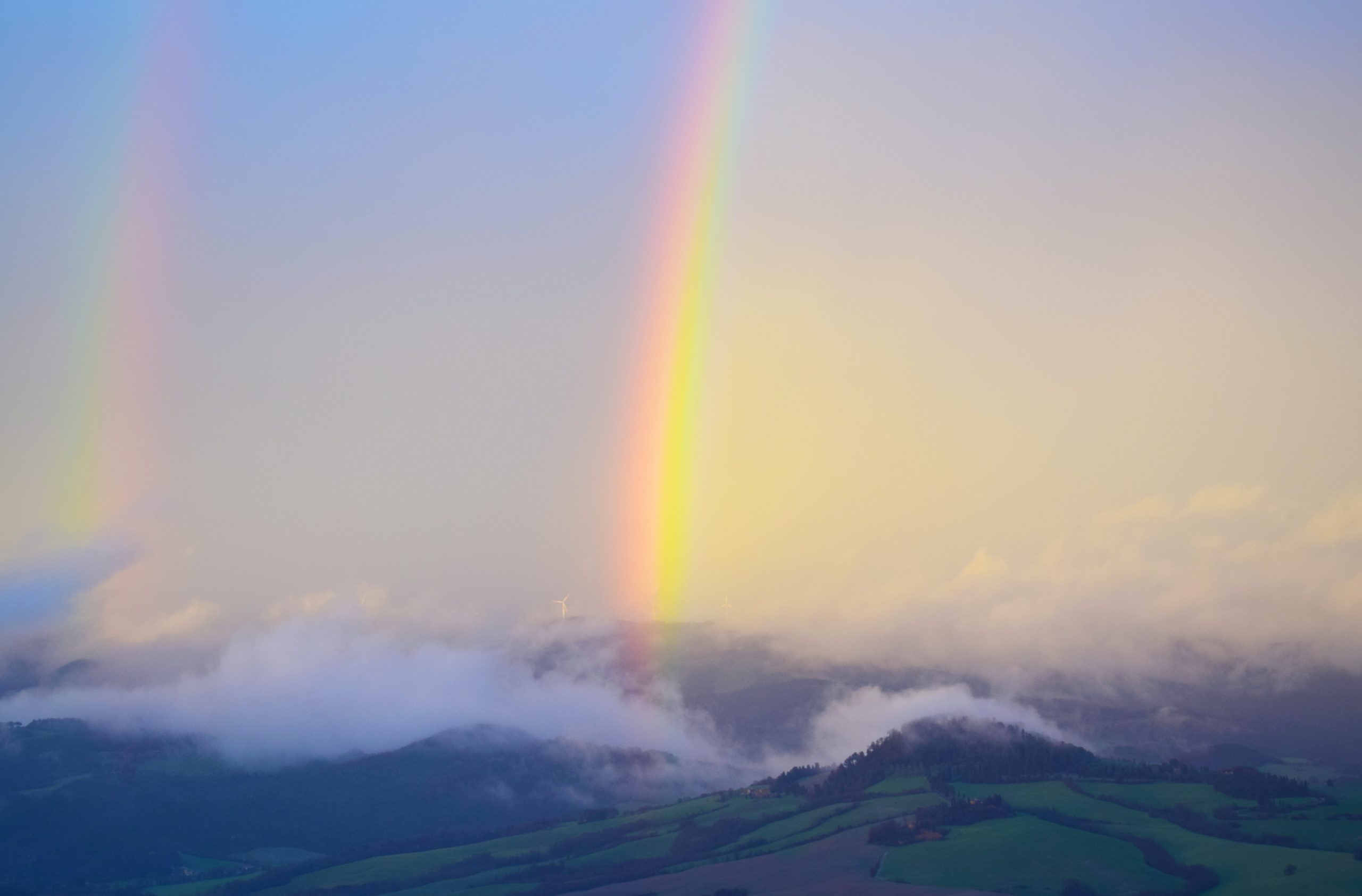Nichiren Daishonin taught that, based on faith in the Lotus Sutra and the Mystic Law, all people equally have the ability to bring forth their innate enlightenment and achieve the same life state as the Buddha. The Soka Gakkai emerged in modern times to spread those teachings as a practical means for all people to reveal their Buddhahood.
Nichiren writes, “Anyone who teaches others even a single phrase of the Lotus Sutra is the envoy of the Thus Come One [Shakyamuni Buddha], whether that person be priest or layman, nun or laywoman” (“A Ship to Cross the Sea of Suffering,” The Writings of Nichiren Daishonin, vol. 1, p. 33).
Despite this, the Nichiren Shoshu priesthood has long looked down on lay believers while aiming to enhance their religious authority.
Former Nichiren Shoshu priests have attested to the priesthood’s distortion of Nichiren’s teaching of equality. They have described how the priesthood established a hierarchy of power, with the high priest at the top, followed by the high priest’s family, general priests, their families, their pets and then the laity at the bottom.[1]
Learning From The New Human Revolution
Though the priesthood claimed to be protectors of Nichiren’s legacy, their behavior drifted far from his teachings.
Ikeda Sensei explains this in the “Great Mountain” chapter of The New Human Revolution, volume 30:
The Soka Gakkai had devoted great energy to widely spreading the ideals and principles of Nichiren Buddhism in society with the aim of achieving kosen-rufu. But Nichiren Shoshu priests looked down on the Soka Gakkai members and continued to criticize and attack the organization at every turn. They nitpicked about things that its members had said or done, claiming that the Soka Gakkai was distorting the teachings or slandering the Law. There was not the slightest compassion in their actions. …
There was a deeply engrained culture in Nichiren Shoshu—fostered over centuries of the temple parishioner system in Japan—that held that priests were superior to lay practitioners. Since the Soka Gakkai’s early days, the priesthood had brandished its clerical authority and caused suffering to Soka Gakkai members on numerous occasions.
This went completely against the spirit of Nichiren Daishonin. With such statements as “All disciples and lay supporters of Nichiren … transcending all differences among themselves” (“The Heritage of the Ultimate Law of Life,” WND-1, 217), the Daishonin asserted throughout his writings that priests and lay practitioners are all equal.
Nichiren Buddhism is a teaching of equality that demolishes discriminatory barriers.
Centuries-Old Inequality Within Nichiren Shoshu
Let’s briefly look at the temple parishioner system mentioned above.
During the 1600s in Japan, the ruling Tokugawa regime garnered greater control over the populace by tightening the implementation of the temple parishioner system, in an effort to prohibit religious propagation, namely the diffusion of Christianity. This sweeping government policy mandated that every citizen register with a local Buddhist temple, enabling these temples to become part of the authoritarian feudal structure.
Japanese Buddhist temples, including those of Nichiren Shoshu, used this system to amass great wealth from their parishioners through funeral services and other ceremonies.
After the temple parishioner system was abolished during the Meiji period (1868–1912), propagation activities were once again permitted. Nichiren Shoshu priests, however, had lost the essential spirit to propagate the Daishonin’s teachings. They went so far as to claim that chanting Nam-myoho-renge-kyo and propagation “are the laity’s job.”[2]
Sensei writes in The New Human Revolution, volume 27:
The essence of Nichiren Buddhism is eternal and unchanging; the Law itself does not disappear. But when those who by rights should carry on the correct teaching forget about kosen-rufu, the Daishonin’s mandate, and lose the passionate spirit of selfless propagation, then the Law, for all intents and purposes, perishes.
It was precisely at a time when the correct teaching of Nichiren Buddhism was imperiled in this way that Soka Gakkai founding presidents [Tsunesaburo] Makiguchi and [Josei] Toda, mentor and disciple, stood up courageously to actualize the great vow for kosen-rufu.[3]
Based on the examples of our three founding presidents, the Soka Gakkai continues to spread the Mystic Law throughout the world as a coalition of empowerment, equality and peace.
—Prepared by the SGI-USA Study Department
You are reading {{ meterCount }} of {{ meterMax }} free premium articles

